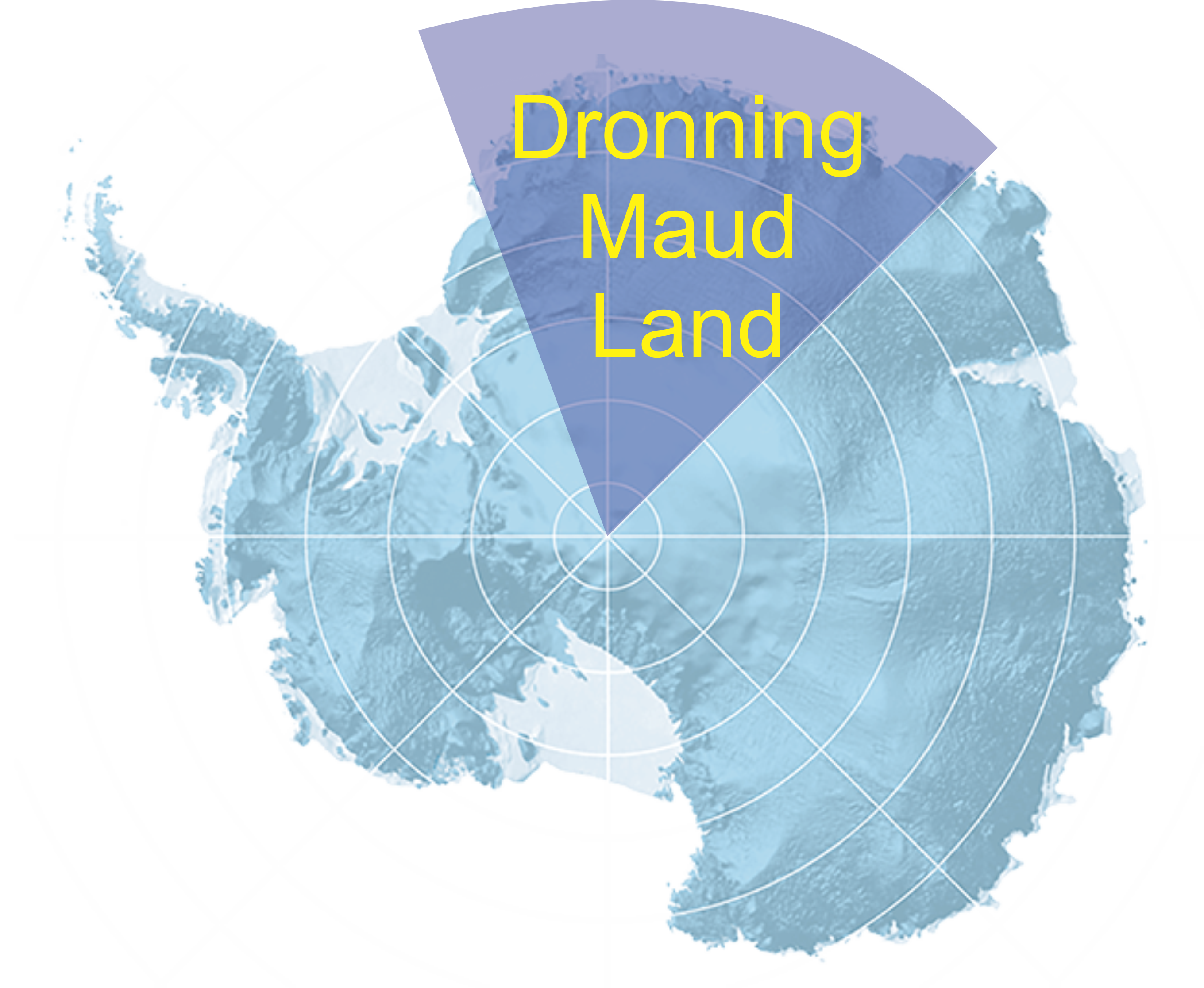Example IV: development of teaching field-based courses from passive learning to problem-based learning
Old method:
During the first years (2001-2004) of teaching field-based courses, I was aiming to provide the students with all the knowledge that the students need to understand the relationship between the rock units on each field site before starting the fieldwork (i.e., passive learning).
Problems raised using the old method:
I found the students lose interest and motivation.
New teaching method – changes in the learning attitude:
I decided to change my method to problem-based learning with clear aims and questions (e.g., Chua et al., 2020). Since 2005, I start my field courses by dividing the students into groups (e.g., Krzic et al., 2020) of 4 to 5 students each. I give specific tasks (i.e., research problems/questions) to each group with a time frame for each task. The tasks aim to collect observations, describe rock units, describe structure features, draw contacts between rock units, or draw profiles. After the time frame of the tasks is passed, the students discuss and present their observations.
I have noticed a change in learning attitude. The students learn faster, and they get the opportunity to collaborate and express their ideas. They learn the basics skills to be field-based geologists. I regard this as one of the significant achievements of my undergraduate teaching. Students gain experience in mapping at different scales and using different techniques, which is invaluable for careers in the exploration and minerals industry.






